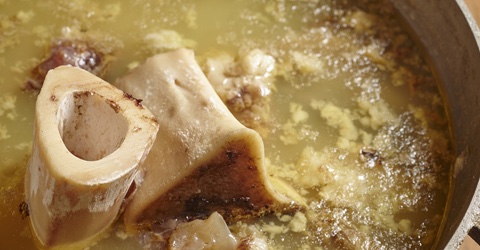Collagen Thread:  https://abs.twimg.com/emoji/v2/... draggable="false" alt="🧵" title="Thread" aria-label="Emoji: Thread">
https://abs.twimg.com/emoji/v2/... draggable="false" alt="🧵" title="Thread" aria-label="Emoji: Thread">
You will mainly find collagen in tough cuts of meat that use a lot of movement for the animal. This collagen is very healing for the intestinal lining.
These cuts of meat have the highest amount of collagen:
You will mainly find collagen in tough cuts of meat that use a lot of movement for the animal. This collagen is very healing for the intestinal lining.
These cuts of meat have the highest amount of collagen:
- Beef tendon
- Oxtail
- Chicken feet & chicken wings
- Cow/pig/sheep/goat feet, necks, knee joints, ears, and cheeks. https://abs.twimg.com/emoji/v2/... draggable="false" alt="🐄" title="Kuh" aria-label="Emoji: Kuh">
https://abs.twimg.com/emoji/v2/... draggable="false" alt="🐄" title="Kuh" aria-label="Emoji: Kuh"> https://abs.twimg.com/emoji/v2/... draggable="false" alt="🐖" title="Schwein" aria-label="Emoji: Schwein">
https://abs.twimg.com/emoji/v2/... draggable="false" alt="🐖" title="Schwein" aria-label="Emoji: Schwein"> https://abs.twimg.com/emoji/v2/... draggable="false" alt="🐑" title="Schaf" aria-label="Emoji: Schaf">
https://abs.twimg.com/emoji/v2/... draggable="false" alt="🐑" title="Schaf" aria-label="Emoji: Schaf"> https://abs.twimg.com/emoji/v2/... draggable="false" alt="🐐" title="Ziege" aria-label="Emoji: Ziege">
https://abs.twimg.com/emoji/v2/... draggable="false" alt="🐐" title="Ziege" aria-label="Emoji: Ziege">
These are all high movement areas of the animal, take note.
Heres a tip: https://twitter.com/MattCKeto/status/1383839667095674888?s=20">https://twitter.com/MattCKeto...
- Oxtail
- Chicken feet & chicken wings
- Cow/pig/sheep/goat feet, necks, knee joints, ears, and cheeks.
These are all high movement areas of the animal, take note.
Heres a tip: https://twitter.com/MattCKeto/status/1383839667095674888?s=20">https://twitter.com/MattCKeto...
Center of the animal = Tender cut (use for searing)
Extremities = Tough (with lots of collagen)
How to cook it:
Extremities = Tough (with lots of collagen)
How to cook it:
Cook these meats "low and slow" either in an oven or in a slow-cooker below the boiling point (212°F/100°C)
Collagen breakdown happens at around 155°F/55°C.
Cook your meat underwater & between those two temperatures to extract the collagen and get deliciously tender meat
Collagen breakdown happens at around 155°F/55°C.
Cook your meat underwater & between those two temperatures to extract the collagen and get deliciously tender meat
When collagen breaks down and is cooked, it is then referred to as gelatin.
Gelatin = Cooked collagen.
When your finished broth/stock cools you should be able to bounce a spoon off of it. https://twitter.com/MattCKeto/status/1346407324571865088?s=20">https://twitter.com/MattCKeto...
Gelatin = Cooked collagen.
When your finished broth/stock cools you should be able to bounce a spoon off of it. https://twitter.com/MattCKeto/status/1346407324571865088?s=20">https://twitter.com/MattCKeto...
Gelatin from cooked collagen is rich in glycine, proline, & hydroxyproline. Gelatin is absolutely essential to gut health, joint integrity, and glowing skin.
Consume it at every meal if you have problems in these areas, or 6 cups per day.
What about bones? https://abs.twimg.com/emoji/v2/... draggable="false" alt="🦴" title="Bone" aria-label="Emoji: Bone">
https://abs.twimg.com/emoji/v2/... draggable="false" alt="🦴" title="Bone" aria-label="Emoji: Bone">
Consume it at every meal if you have problems in these areas, or 6 cups per day.
What about bones?
Bones are high in histamines. If you have a histamine intolerance, do not include bones in your stock until that issue has resolved.
Otherwise, you can impart more flavor, gelatin, & other nutrients into your stock by slow cooking with bones.
How long does healing take?
Otherwise, you can impart more flavor, gelatin, & other nutrients into your stock by slow cooking with bones.
How long does healing take?
How long does a gut take to heal? Let& #39;s get realistic:
- A sprained ankle can take 3 months to heal
- A torn ACL takes 6-9 months to heal.
Your gut will have similar time requirements!!
Of course, this depends on how much healing needs to be done and your diet adherence.
- A sprained ankle can take 3 months to heal
- A torn ACL takes 6-9 months to heal.
Your gut will have similar time requirements!!
Of course, this depends on how much healing needs to be done and your diet adherence.

 Read on Twitter
Read on Twitter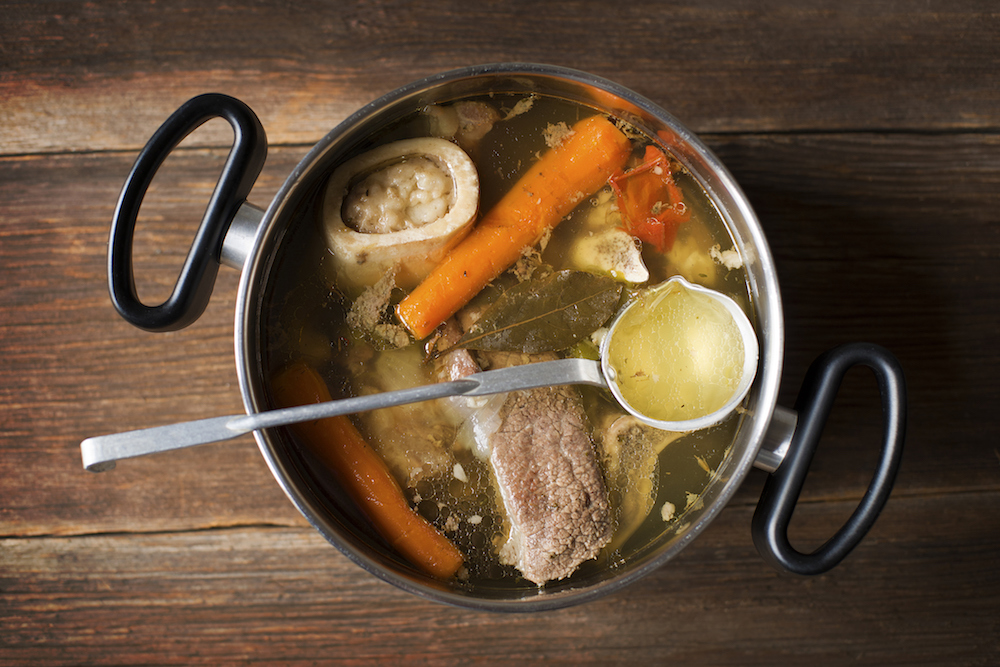 You will mainly find collagen in tough cuts of meat that use a lot of movement for the animal. This collagen is very healing for the intestinal lining.These cuts of meat have the highest amount of collagen:" title="Collagen Thread: https://abs.twimg.com/emoji/v2/... draggable="false" alt="🧵" title="Thread" aria-label="Emoji: Thread">You will mainly find collagen in tough cuts of meat that use a lot of movement for the animal. This collagen is very healing for the intestinal lining.These cuts of meat have the highest amount of collagen:" class="img-responsive" style="max-width:100%;"/>
You will mainly find collagen in tough cuts of meat that use a lot of movement for the animal. This collagen is very healing for the intestinal lining.These cuts of meat have the highest amount of collagen:" title="Collagen Thread: https://abs.twimg.com/emoji/v2/... draggable="false" alt="🧵" title="Thread" aria-label="Emoji: Thread">You will mainly find collagen in tough cuts of meat that use a lot of movement for the animal. This collagen is very healing for the intestinal lining.These cuts of meat have the highest amount of collagen:" class="img-responsive" style="max-width:100%;"/>
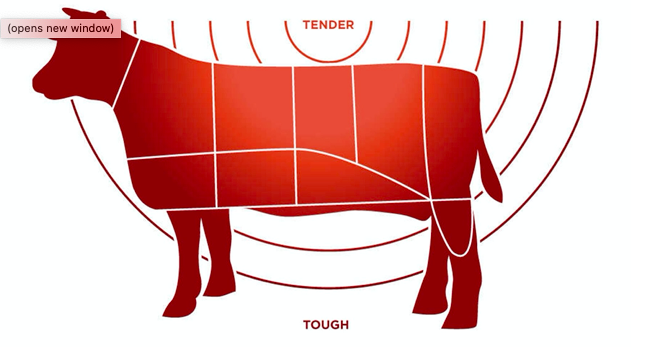
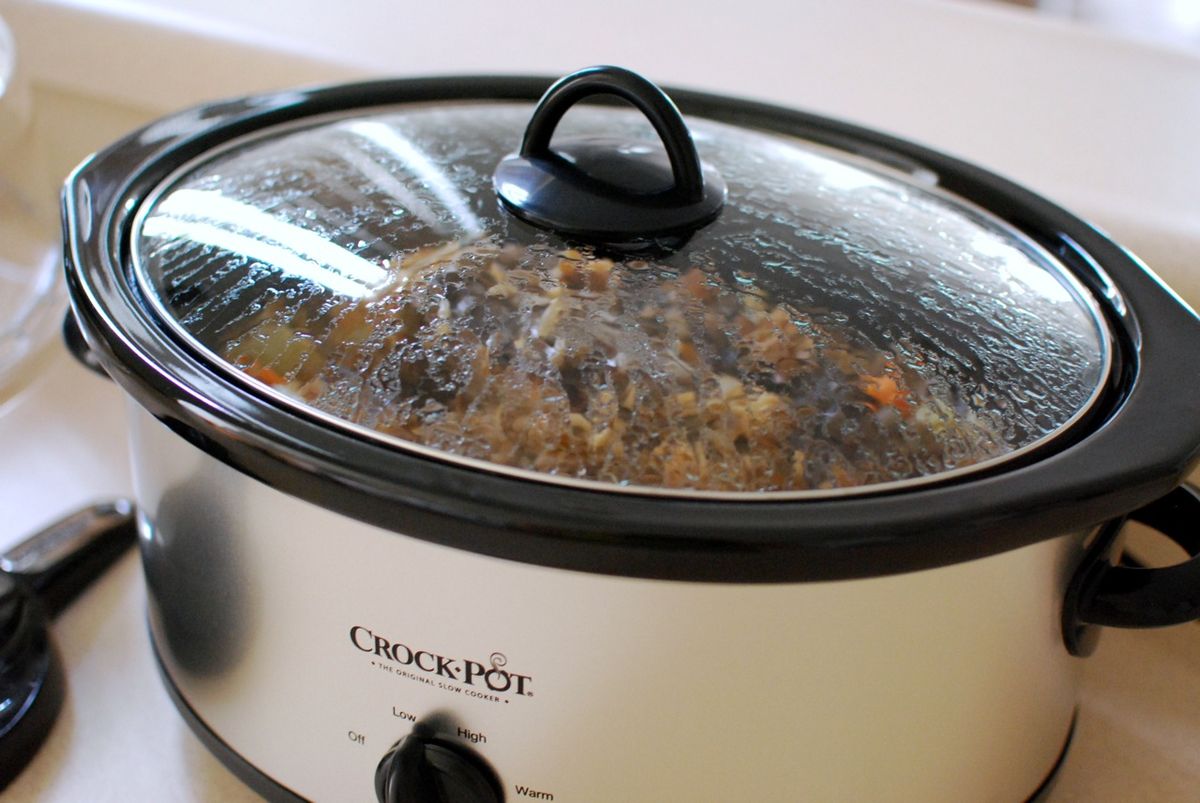
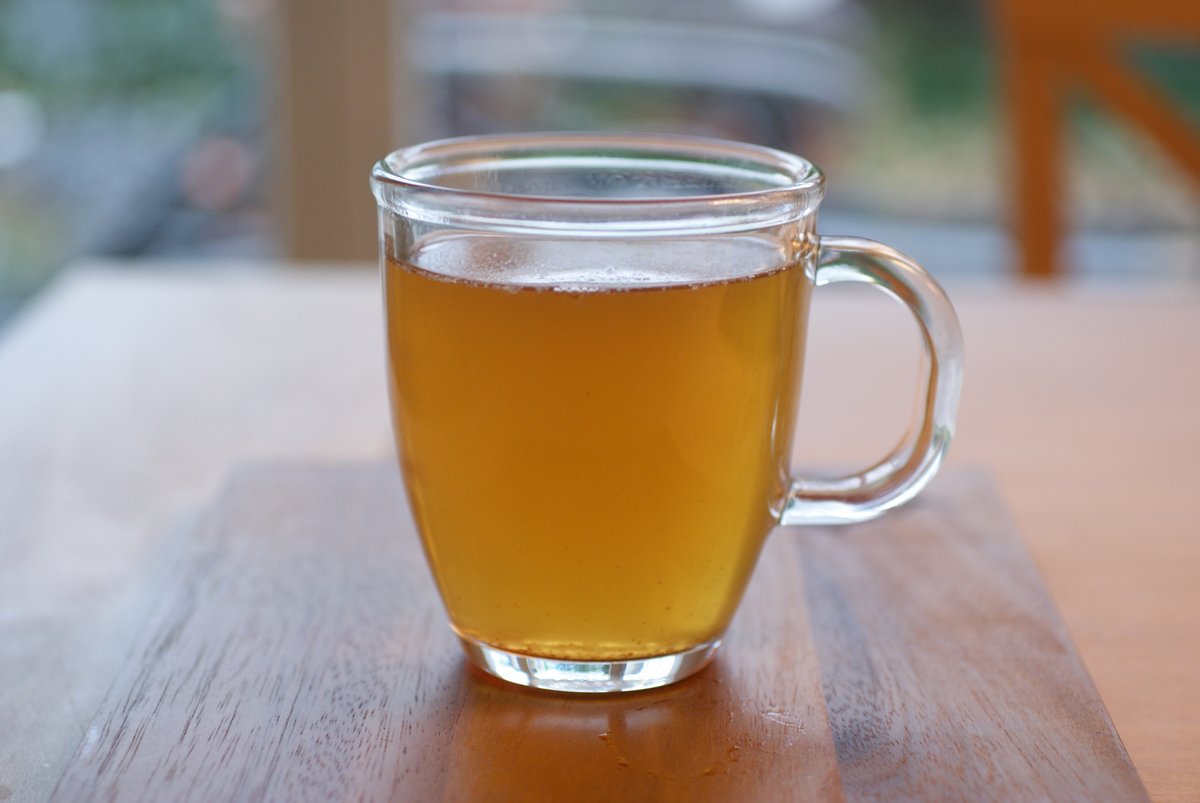 " title="Gelatin from cooked collagen is rich in glycine, proline, & hydroxyproline. Gelatin is absolutely essential to gut health, joint integrity, and glowing skin.Consume it at every meal if you have problems in these areas, or 6 cups per day.What about bones? https://abs.twimg.com/emoji/v2/... draggable="false" alt="🦴" title="Bone" aria-label="Emoji: Bone">" class="img-responsive" style="max-width:100%;"/>
" title="Gelatin from cooked collagen is rich in glycine, proline, & hydroxyproline. Gelatin is absolutely essential to gut health, joint integrity, and glowing skin.Consume it at every meal if you have problems in these areas, or 6 cups per day.What about bones? https://abs.twimg.com/emoji/v2/... draggable="false" alt="🦴" title="Bone" aria-label="Emoji: Bone">" class="img-responsive" style="max-width:100%;"/>
